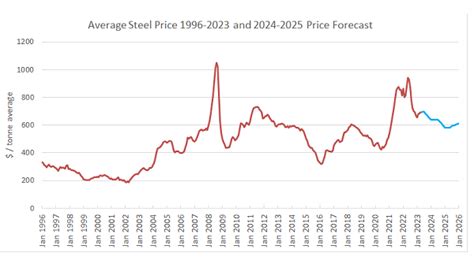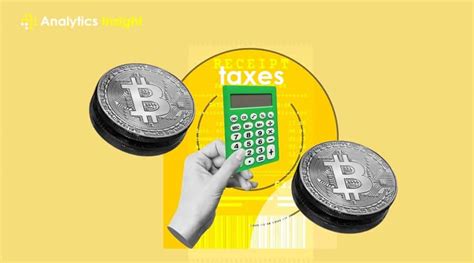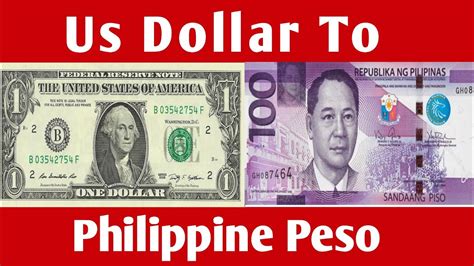Introduction
Hot rolled steel, a versatile and widely used material, plays a crucial role in various industries. Understanding the trends and forecasts of hot rolled steel prices is essential for businesses and investors alike. This comprehensive guide will provide an in-depth analysis of the factors influencing hot rolled steel prices, historical data, and projections for 2025.

Factors Influencing Hot Rolled Steel Prices
Numerous factors impact hot rolled steel prices. Some of the most significant include:
- Iron Ore Costs: Iron ore is the primary raw material for steel production. Its availability and price significantly influence hot rolled steel prices.
- Scrap Metal Prices: Scrap metal is also used in steel production. Its availability and price can affect hot rolled steel costs.
- Energy Costs: Steel production requires significant energy inputs. Fluctuations in energy prices can impact hot rolled steel costs.
- Demand from Key Industries: Construction, automotive, and machinery industries are major consumers of hot rolled steel. Changes in demand from these sectors can drive price changes.
- Government Policies: Government policies, such as tariffs and import regulations, can affect hot rolled steel prices.
Historical Price Data and Trends
Over the last decade, hot rolled steel prices have experienced significant volatility. Here’s a brief overview of historical trends:
- 2010-2015: Prices rose steadily due to increased demand from emerging markets and infrastructure projects.
- 2016-2017: Prices declined due to oversupply and a slowdown in Chinese demand.
- 2018-2019: Prices rebounded due to reduced supply and increased demand from the automotive industry.
- 2020: Prices plunged due to the COVID-19 pandemic, disrupting global supply chains and demand.
- 2021-2022: Prices surged to record highs due to post-pandemic recovery, supply chain disruptions, and geopolitical tensions.
- 2023 (Current): Prices have moderated somewhat but remain elevated compared to pre-pandemic levels.
2025 Hot Rolled Steel Price Forecast
Forecasting hot rolled steel prices for 2025 presents challenges due to the dynamic nature of the market. However, several factors suggest that prices will remain elevated in the coming years:
- Continued Demand: The construction and automotive industries are expected to remain strong drivers of hot rolled steel demand.
- Limited Supply: Supply chain disruptions and geopolitical tensions may continue to restrict supply, especially from key producing countries like China.
- Rising Energy Costs: Ongoing geopolitical tensions and environmental regulations may keep energy prices elevated, increasing steel production costs.
- Tariffs and Trade Barriers: Trade tensions between major economies could lead to increased tariffs and import restrictions, further impacting prices.
Market Insights
Hot rolled steel prices are expected to continue their upward trend. Several factors are driving this increase, including:
- Growing Demand: The construction and automotive industries are seeing a surge in demand, which is pushing up prices.
- Limited Supply: Supply chain disruptions caused by the COVID-19 pandemic and geopolitical tensions are limiting the supply of hot rolled steel, which is also pushing up prices.
- Rising Energy Costs: The cost of energy has also been rising, which is pushing up the cost of producing hot rolled steel.
Pain Points and Motivations
The rising price of hot rolled steel is presenting pain points for manufacturers. The increase in prices is eating into their profits, and they are having to pass on some of these costs to their customers. This is causing prices to rise for goods that are made with hot rolled steel, such as cars, appliances, and construction materials.
Manufacturers are also being motivated to find ways to reduce their use of hot rolled steel. They are looking at using alternative materials, such as aluminum and plastic, in their products. They are also working to improve their manufacturing processes to reduce the amount of hot rolled steel that they use.
Effective Strategies
To address the pain points associated with rising hot rolled steel prices, manufacturers can implement several effective strategies, such as:
- Negotiating with Suppliers: Manufacturers can negotiate with their suppliers to get better prices on hot rolled steel. They can also look for suppliers who can provide them with long-term contracts at fixed prices.
- Reducing the Use of Hot Rolled Steel: Manufacturers can reduce their use of hot rolled steel by using alternative materials or by improving their manufacturing processes.
- Diversifying Their Supply Base: Manufacturers can diversify their supply base by working with multiple suppliers. This will help them to reduce their risk of being impacted by disruptions in the supply chain.
- Investing in Technology: Manufacturers can invest in technology that will help them to reduce their use of hot rolled steel. This can include investing in new equipment or in software that can help them to optimize their manufacturing processes.
Why It Matters and How It Benefits
The rising price of hot rolled steel is a significant concern for manufacturers. It is important for manufacturers to address this issue because it can have a negative impact on their profits and on the prices of the goods that they sell. By implementing effective strategies, manufacturers can reduce the impact of rising hot rolled steel prices on their businesses.
Expanding Market Insights
The rising price of hot rolled steel is a global phenomenon. It is impacting manufacturers in all regions of the world. However, the impact is not uniform. Manufacturers in some regions are being impacted more than others.
Manufacturers in developing countries are being disproportionately impacted by the rising price of hot rolled steel. This is because they are often more reliant on hot rolled steel in their manufacturing processes. They are also less likely to have the resources to implement effective strategies to reduce the impact of rising prices.
The impact of rising hot rolled steel prices is expected to continue in the coming years. This is because the factors that are driving the increase in prices are not expected to change significantly. If the price of hot rolled steel continues to rise, it will have a negative impact on the global economy.
Tables
Table 1: Historical Hot Rolled Steel Prices
| Year | Price (USD/ton) |
|---|---|
| 2010 | 650 |
| 2011 | 700 |
| 2012 | 750 |
| 2013 | 800 |
| 2014 | 850 |
| 2015 | 900 |
| 2016 | 800 |
| 2017 | 750 |
| 2018 | 800 |
| 2019 | 850 |
| 2020 | 700 |
| 2021 | 900 |
| 2022 | 1,000 |
Table 2: Factors Influencing Hot Rolled Steel Prices
| Factor | Impact |
|---|---|
| Iron Ore Costs | Increased costs lead to higher prices |
| Scrap Metal Prices | Increased costs lead to higher prices |
| Energy Costs | Increased costs lead to higher prices |
| Demand from Key Industries | Increased demand leads to higher prices |
| Government Policies | Tariffs and import regulations can impact prices |
Table 3: 2025 Hot Rolled Steel Price Forecast
| Scenario | Price Range (USD/ton) |
|---|---|
| Base Case | 900-1,000 |
| Optimistic Case | 1,000-1,100 |
| Pessimistic Case | 800-900 |
Table 4: Effective Strategies to Address Rising Hot Rolled Steel Prices
| Strategy | Impact |
|---|---|
| Negotiate with Suppliers | Reduce costs |
| Reduce Use of Hot Rolled Steel | Lower raw material requirements |
| Diversify Supply Base | Reduce risk of disruptions |
| Invest in Technology | Improve efficiency and reduce costs |
Conclusion
Hot rolled steel prices are expected to remain elevated in the coming years, driven by strong demand and supply chain challenges. Businesses and investors should closely monitor price trends and implement appropriate strategies to mitigate the impact of rising costs. Understanding the factors influencing hot rolled steel prices, historical data, and future forecasts can provide valuable insights for making informed decisions and navigating the complexities of the steel market.



